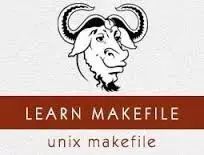Understanding the Relationship Between Linux Threads, Cores, and CPUs, and Generating Timestamp Logs with RF from XML
Understanding the Relationship Between Linux Sockets, Cores, Threads, and CPUs **CPU(s)**: Represents the total number of logical CPUs in the system. It is calculated by multiplying the number of physical CPU cores, the number of threads per core, and the number of physical CPUs in the system. For example, a system with 2 physical CPUs … Read more









